Can’t-Miss Takeaways Of Tips About Which Type Of Data Is Represented Using A Line Chart Scatter Plot Graph With Best Fit
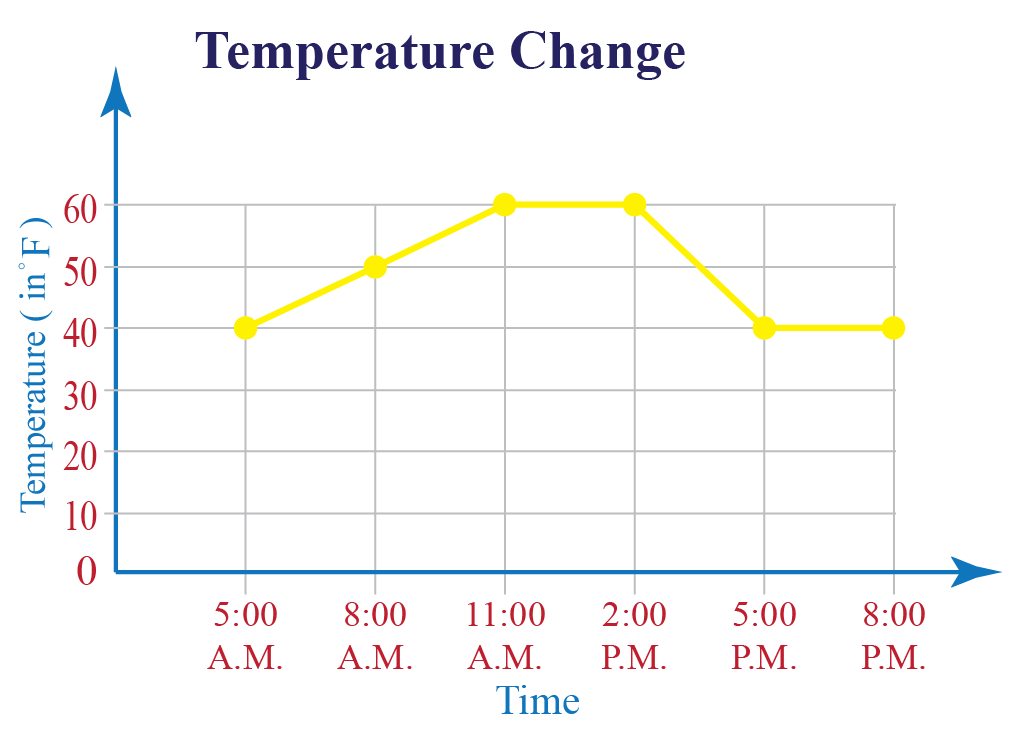
Each type of chart, be it bar, line, pie, radar, or bubble chart, serves a unique purpose and is capable of highlighting different aspects of data in ways that words or numbers alone cannot achieve.
Which type of data is represented using a line chart. Data points represent the observations that are collected on a survey or research. This chart type presents sequential values to help you identify trends. They consist of points connected by lines, with each point representing a specific value at a particular time or interval.
It uses different symbols such as bars, lines, columns, tables, box plots, maps, and more, to give meaning to the information, making it easier to understand than raw data. These individual data points represent a series of information, which usually explains the relationship between the two axes (i.e. What are the types of data that are represented using line graphs with fusioncharts?
In future articles, we’ll go into more detail about some special variants of line graphs, like the slopegraph and the area graph. The graph represents quantitative data between two changing variables with a line or curve that joins a series of successive data points. All the data points are connected by a line.
A line graph displays quantitative values over a specified time. A line chart clearly shows the increasing or. Line charts are also known as line plots.
This displays more than one data series, making it useful for comparing different variables or categories. This shows a single series of data, making it ideal for tracking changes over time for a single variable. A line graph is a kind of graph that contains two or more individual data points connected by lines.
Essential chart types for data visualization. A line graph—also known as a line plot or a line chart—is a graph that uses lines to connect individual data points. It is plotted as a series of points, which are then joined with straight lines.
The horizontal axis depicts a continuous progression, often that of time, while the vertical axis reports values for a metric of interest across that progression. It is a basic type of chart common in many fields. What are the 3 different types of line charts?
In a line graph, you plot data points on a set of axes and then draw a line to connect these points. A line chart, also known as a line graph or curve chart, is a graphical representation used to display data points connected by straight lines. Line graphs, also called line charts, are used to represent quantitative data collected over a specific subject and a specific time interval.
A graph or chart is a graphical representation of qualitative or quantitative data. Charts are an essential part of working with data, as they are a way to condense large amounts of data into an easy to understand format. A graph or line chart is a graphical representation of the data that displays the relationship between two or more variables concerning time.
Line graphs are useful for showing trends and patterns in data. A line chart consists of a horizontal line i.e. It illustrates how sequential data progresses until the final step.

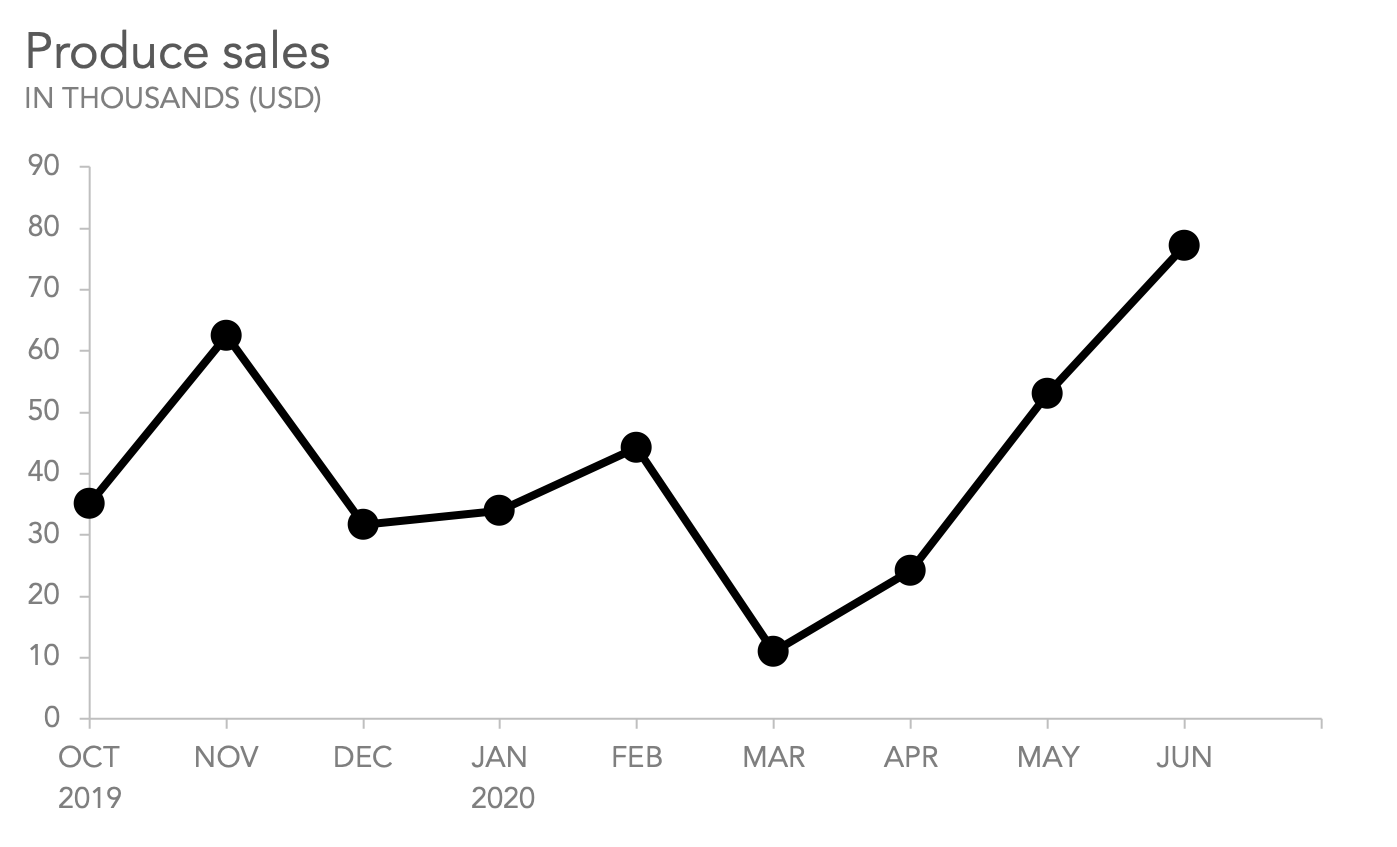

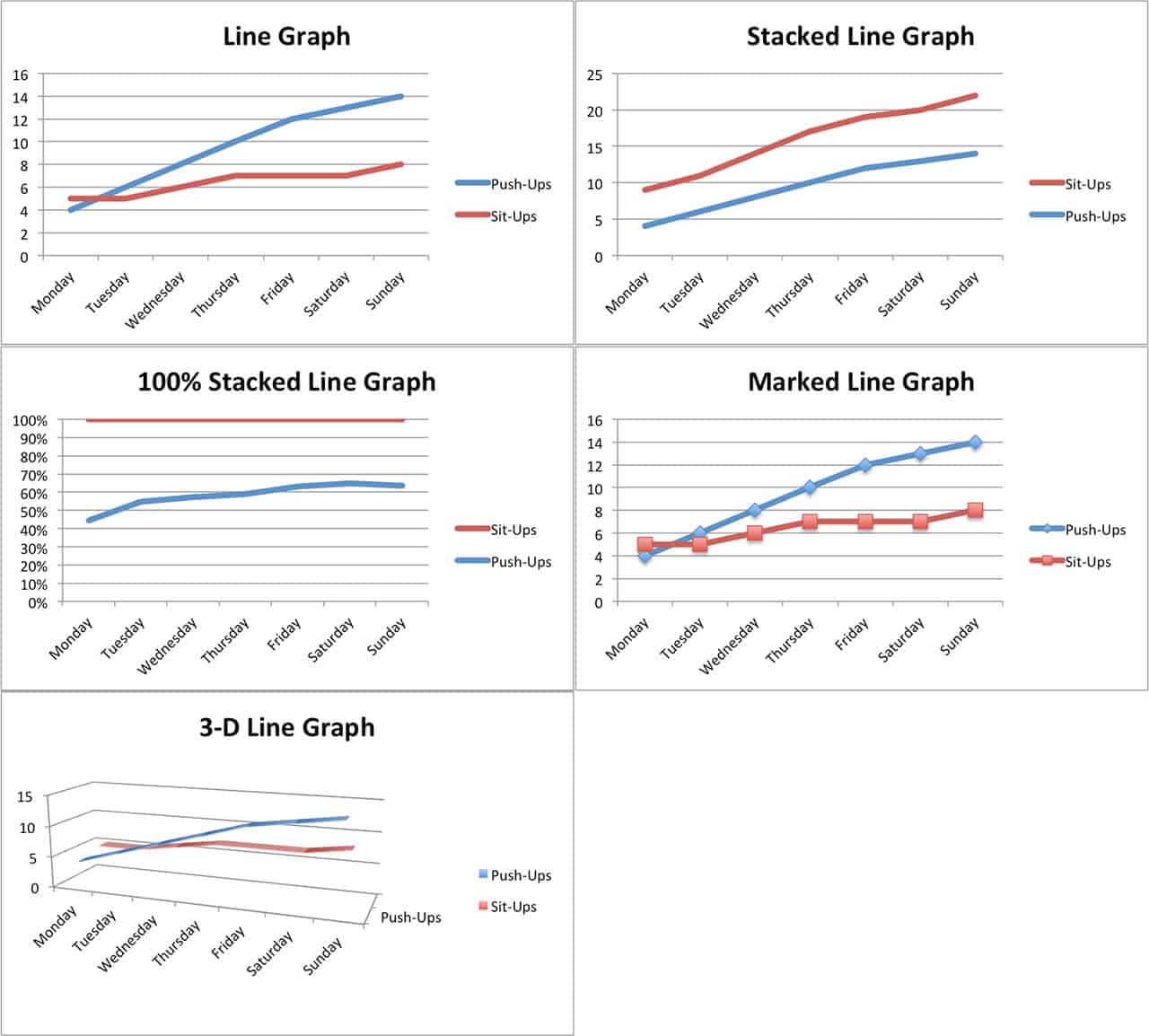

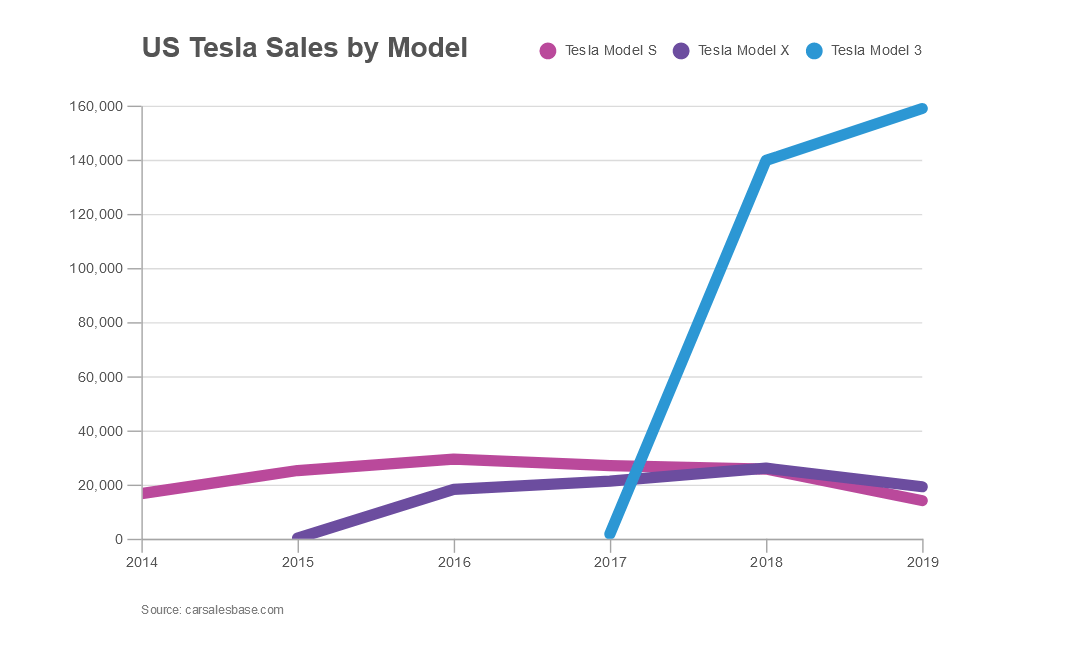




-line-graphs---vector-stencils-library.png--diagram-flowchart-example.png)
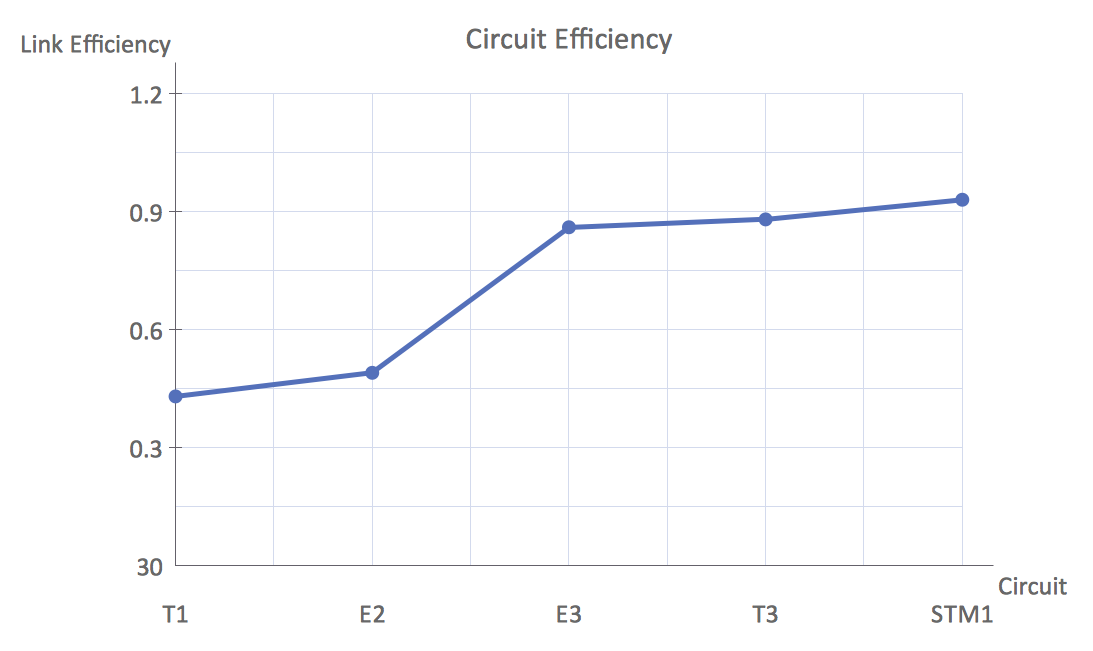

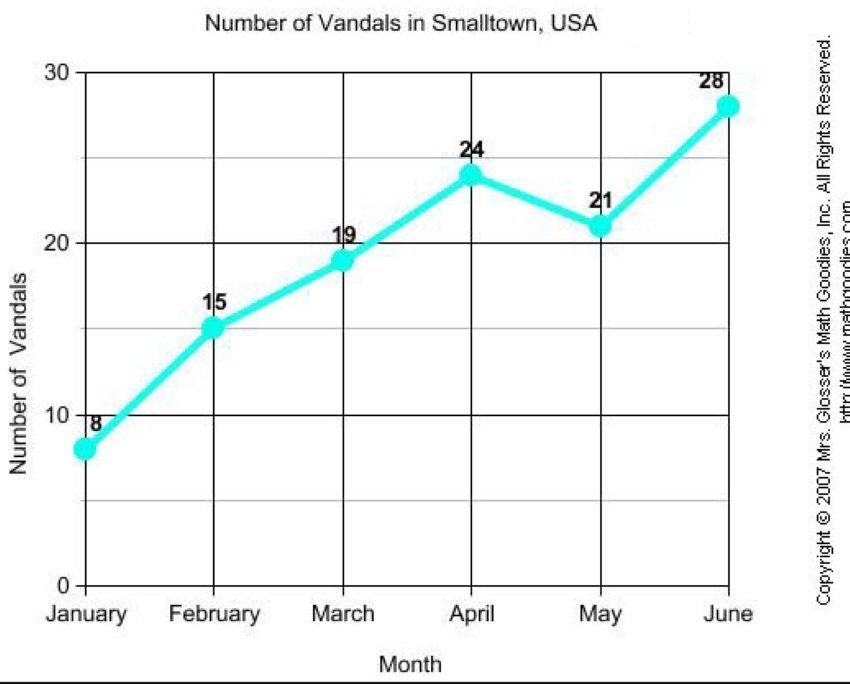

![3 Types of Line Graph/Chart + [Examples & Excel Tutorial]](https://storage.googleapis.com/fplsblog/1/2020/04/line-graph.png)
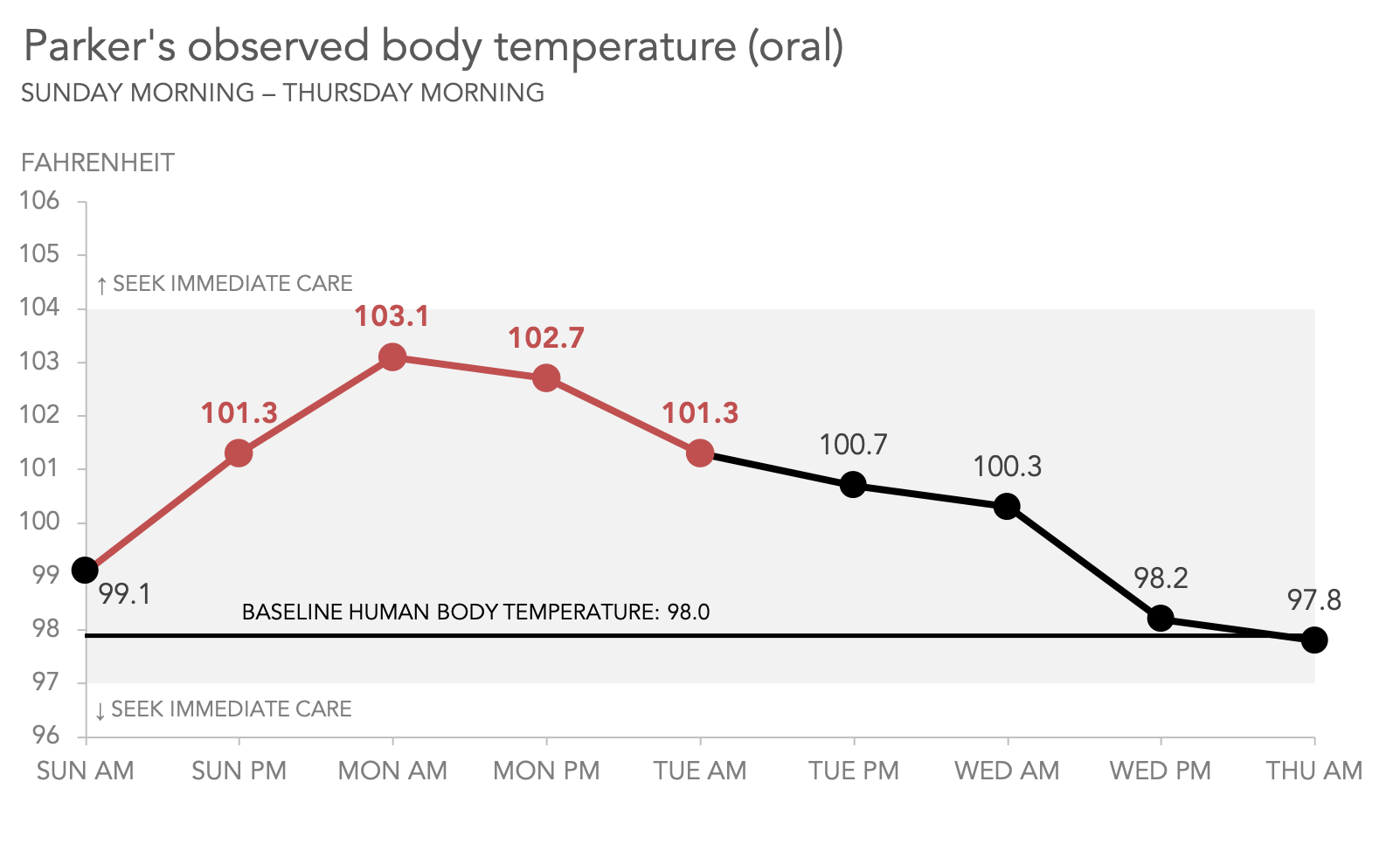
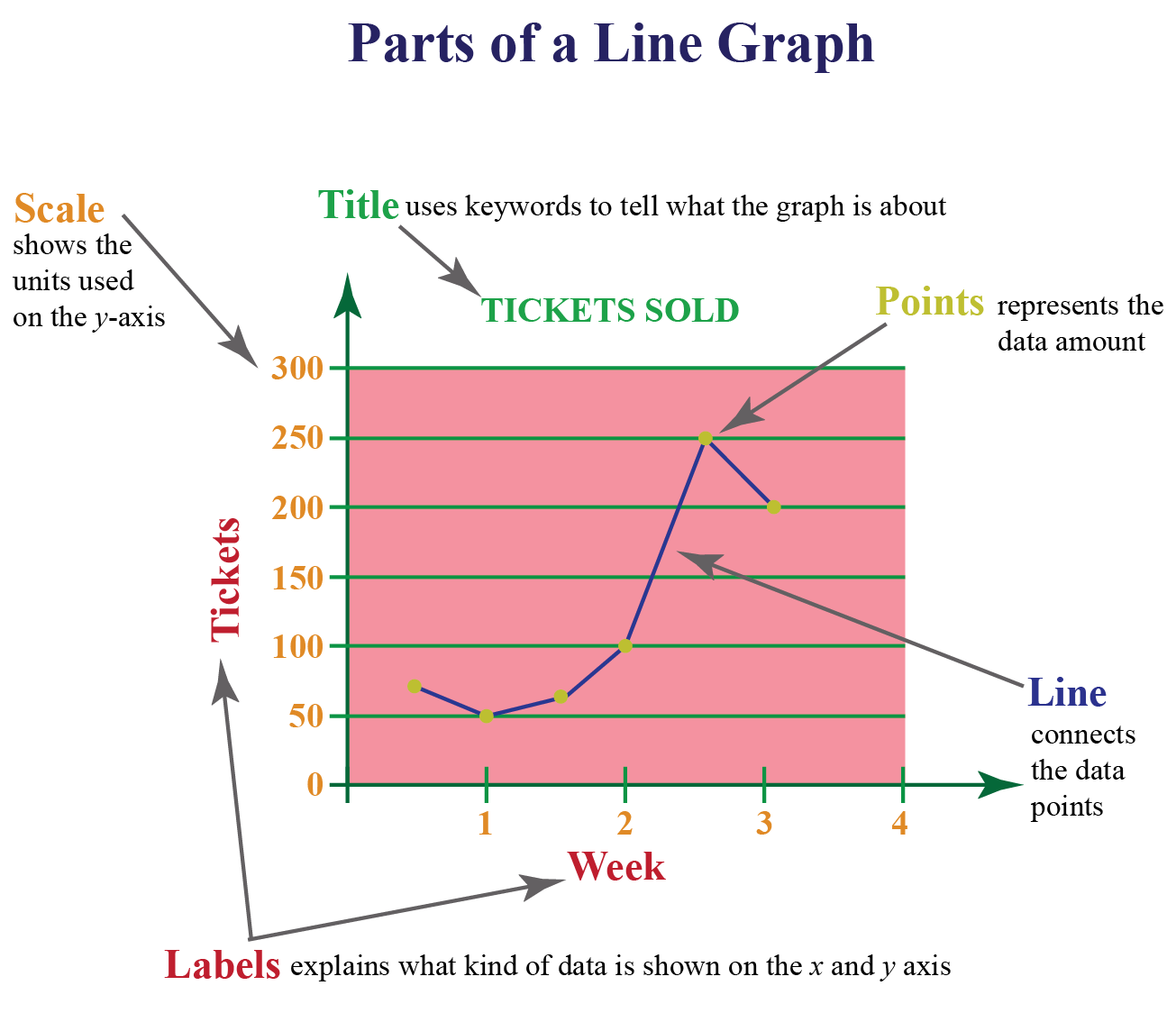
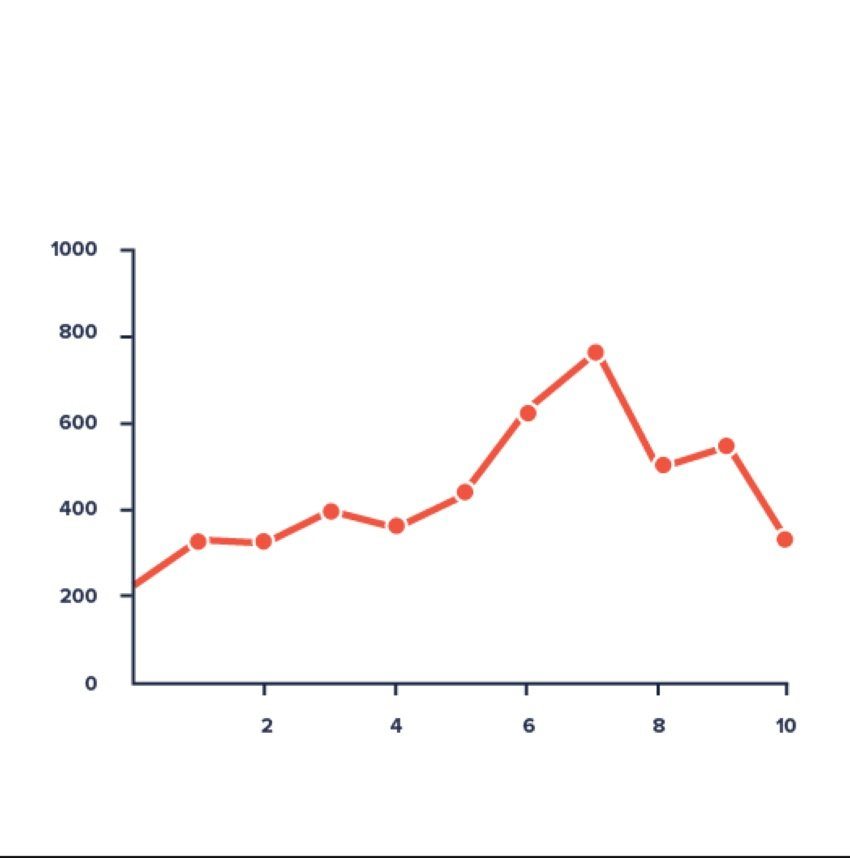
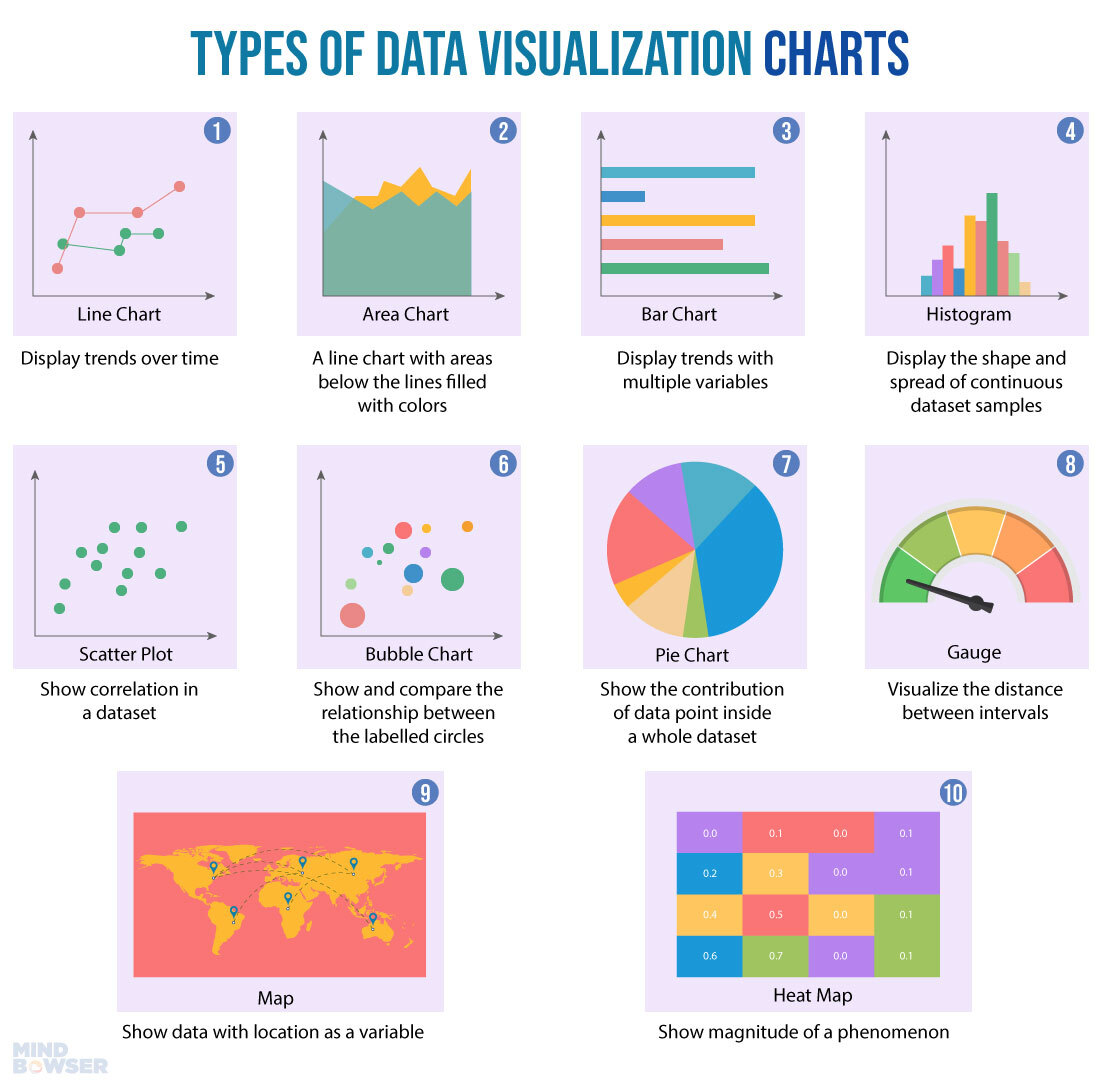
:max_bytes(150000):strip_icc()/Clipboard01-e492dc63bb794908b0262b0914b6d64c.jpg)

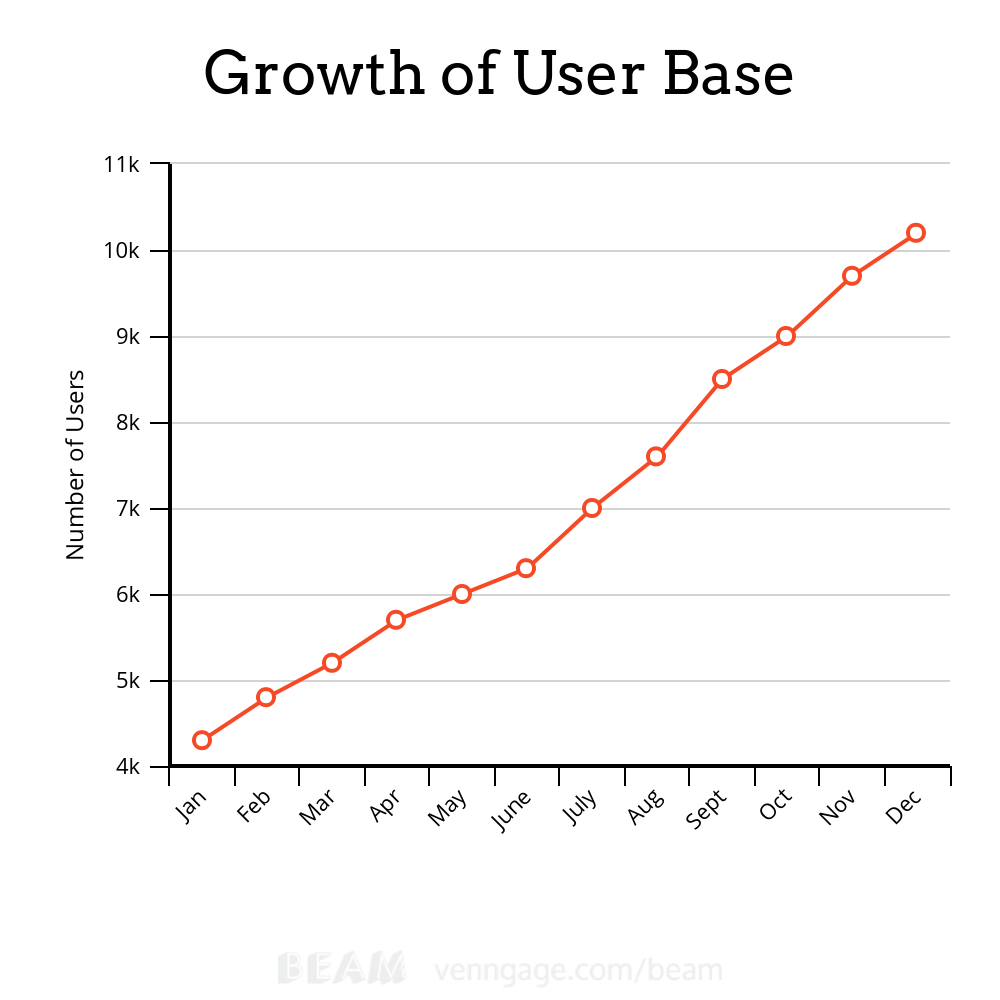
:max_bytes(150000):strip_icc()/dotdash_INV_Final_Line_Chart_Jan_2021-02-d54a377d3ef14024878f1885e3f862c4.jpg)